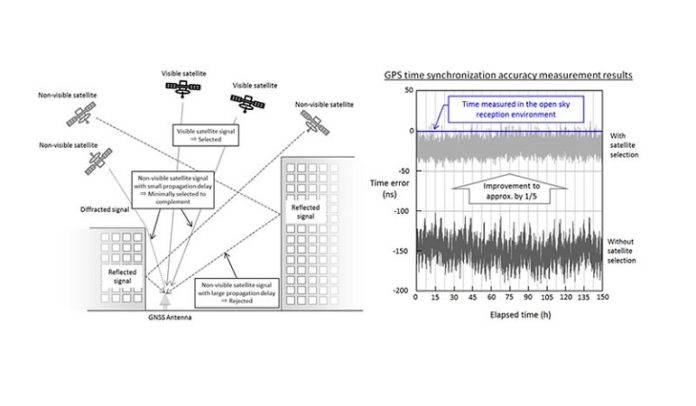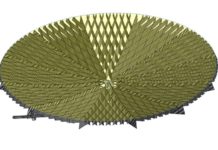Nippon Telegraph and Telephone Corporation (NTT) and Furuno Electric have developed a receiver for GPS and other global navigation satellite systems (GNSS) to improve time-synchronization accuracy in areas with severe reception conditions such as among buildings and in mountainous areas.
The new receiver promises to enable time synchronization accuracy close to that obtained in open-sky reception environments with no obstructions, even in environments previously considered poor and unsuitable for accurate time synchronization. According to Furuno, time error was reduced to approximately 1/5 of earlier values during tests of the receiver.
Accurate time synchronization with Coordinated Universal Time (UTC), using Global Navigation Satellite Systems (GNSS) such as GPS, is used in a wide range of fields such as synchronizing mobile base stations, financial trading, earthquake measurements and other purposes.
However, in non-ideal reception environments such as among buildings or mountains, with structures surrounding the antennas, the signal is limited and can significantly degrade the accuracy of time synchronization.
The new technology, which will be available on Furuno’s GF-88 series time synchronization GNSS receivers, uses a satellite signal selection algorithm to select signals from at least four visible satellites. If less than four satellites are visible, it selects a minimal number of complementary signals with low propagation delay from among those from non-visible satellites, thereby not relying entirely on visible satellites.







